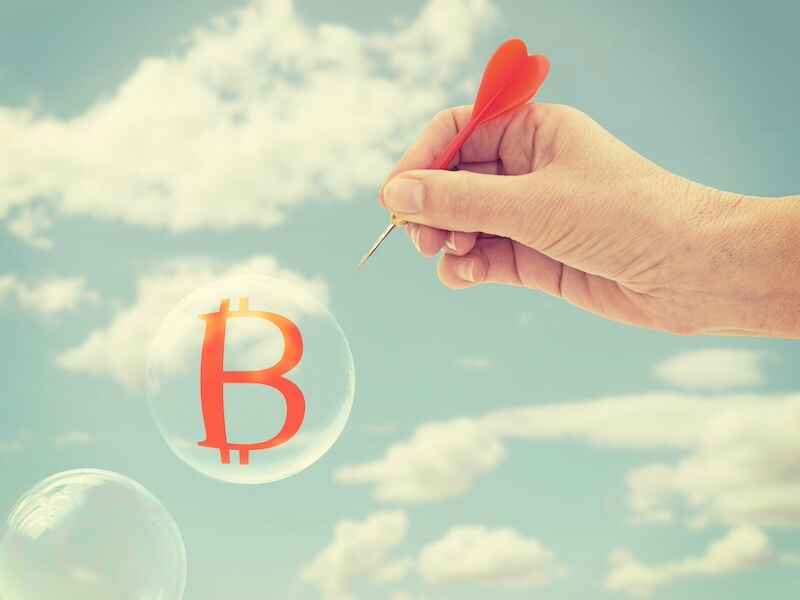In Holland between 1634 and 1637, the price of tulip bulbs escalated to extraordinary levels.
When I say extraordinary, I mean that a single bulb could cost as much as one of the finest houses in Amsterdam.
Why would otherwise rational individuals pay so much?
Well, there was limited supply. (Many of the bulbs were rare and beautiful.)
There was status. Owning expensive tulip bulbs showed that the buyer had wealth and sophistication.
Demand outstripped supply – and many investors extrapolated forward that this would always be the case.
But most of all, there was FOMO – Fear of Missing Out.
As the price of tulip bulbs went higher than anyone could have imagined, the people who weren’t in the game became envious of those who were.
Some folks were making a lot of money, with little effort… and very quickly.
It all came crashing down in the end, of course, as investors began to realize that a tulip bulb… is just a potential flower.
In hindsight, it all seems completely nuts.
Yet put yourself inside the head of investors at the time.
The folks who said it was crazy to pay so much for a tulip bulb were right in the end.
But for years they were completely wrong.
The self-evidently smart people were the ones advising others to jump on the bandwagon and start making a lot of money – and fast!
It worked. For a while, at least.
Financial historians say that what triggered the final collapse in tulip bulbs is still unclear.
What is clear is that once prices began to fall in earnest, panic ensued. Investors rushed to sell their bulbs. Prices plummeted.
Tulipmania – as it is now widely known – was one of the earliest examples of a speculative bubble.
Why bring up this ancient mania?
Because it bears an uncanny resemblance to what’s happened recently with crypto – and Bitcoin, in particular.
In my last column, I noted that there is no way to value bitcoin aside from the current market price.
That’s because it is not a productive asset.
If you were buying a stock, you’d look at sales, earnings, profit margins, book value, dividend yield, etc., to determine whether it was overvalued or undervalued.
If you were considering a corporate bond, you would look at the coupon, the yield, the maturity date, the collateral, and the credit rating of the issuer.
If you were looking at a real estate investment, you would consider the rental income, expenses (like property taxes and insurance), depreciation, and independent appraisals based on similar properties.
You cannot do any of these things with Bitcoin.
Unlike bonds, it accrues no interest.
Unlike equities, it generates no earnings and pays no dividends.
Unlike rental properties, it provides no rental income and provides no tax benefits.
Unlike gold or silver, it has no tangible value.
It is a piece of computer code, created out of thin air.
What it is worth is what someone else is willing to pay for it, just like a Hank Aaron baseball card or a first-edition Spider-Man comic book.
Bitcoin advocates love to point out that the number of coins is fixed, that it can never exceed 21 million.
But just because something is scarce doesn’t make it valuable.
The first edition of my book The Gone Fishin’ Portfolio is scarce.
It was a New York Times bestseller when it came out in 2008. But you can pick up a copy on Amazon for a fraction of the original cover price.
A couple years ago, my publisher – Wiley – brought out an updated edition of the book. It had a new foreword by long-time subscriber Bill O’Reilly.
That undercut the price of the first edition.
A new version of Bitcoin – let’s call it Bitcoin 2.0 – is possible, especially if it were offered by the same pseudonymous creator (or creators), Satoshi Nakamoto.
What would that make the first version worth? I’m guessing a lot less than $60,000.
More to the point, how valuable is a cryptocurrency with limited issuance when there are limitless other crypto that have limited issuance?
As I mentioned in my last column, no one has been able to demonstrate how Bitcoin – as a currency not a speculative asset – could make my life simpler, easier, or better.
And no one has been able to show me how to value Bitcoin, except through meaningless technical indicators – like support and resistance levels – or extraneous events like the issuance of new Bitcoin ETFs.
(These exchange traded funds facilitate The Greater Fool Theory. As in, “I may be a fool to buy Bitcoin at this level, but some greater fool will come along and pay even more.”)
I also noted Bitcoin is up more than 15-million-fold since the first customer used it to buy two pizzas 14 years ago.
Think about that: 15-million-fold.
Bitcoin is either the most stupendous financial innovation the world has ever seen – or the most titanic investment bubble since the Dutch Golden Age.
I’m going with the latter. And in my next column, I’ll give my final reasons why.
